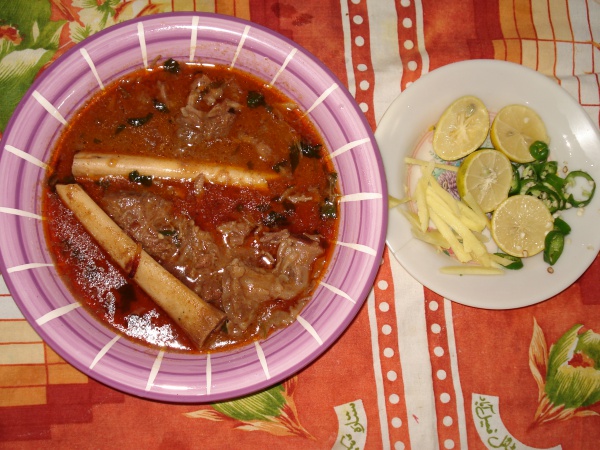Facts About Nihari
Nihari is a richly flavored stew originating from the Indian subcontinent, and it is traditionally prepared using slow-cooked meats such as beef shank, lamb, mutton, goat, or chicken, often incorporating bone marrow to enhance its richness. This dish possesses a deeply rooted history, tracing back to ancient India where lightly spiced meat broths were highly prized.
The modern iteration of Nihari is believed to have emerged in the late 18th century, either in Hyderabad or Old Delhi, during the decline of the Mughal Empire. There is also speculation that it originated in the royal kitchens of Awadh, now known as Lucknow in Uttar Pradesh, India.
For a long time, Nihari has been cherished among Muslims in the Indian subcontinent, especially in areas such as Dhaka and Chittagong in Bangladesh. Renowned for its spicy and rich flavors, Nihari features various regional variations that adjust its taste and texture. The dish gained significant popularity in cities like Delhi, Bhopal, and Lucknow. After the partition of India in 1947, many Urdu-speaking Muslims relocated to Karachi and Dhaka, where they established restaurants serving this exquisite stew. Karachi, particularly, became a thriving center for Nihari, and its fame spread throughout Pakistan and beyond. Today, Nihari is available in Pakistani restaurants around the world.
A distinctive tradition in some Nihari restaurants is the incorporation of "taar" a portion of the previous day's leftover Nihari, into the next day's batch, enhancing the flavor. Some establishments in Old Delhi proudly claim to possess taar that dates back over a century, preserving the legacy of this exquisite dish.

 Sri Lanka
Sri Lanka